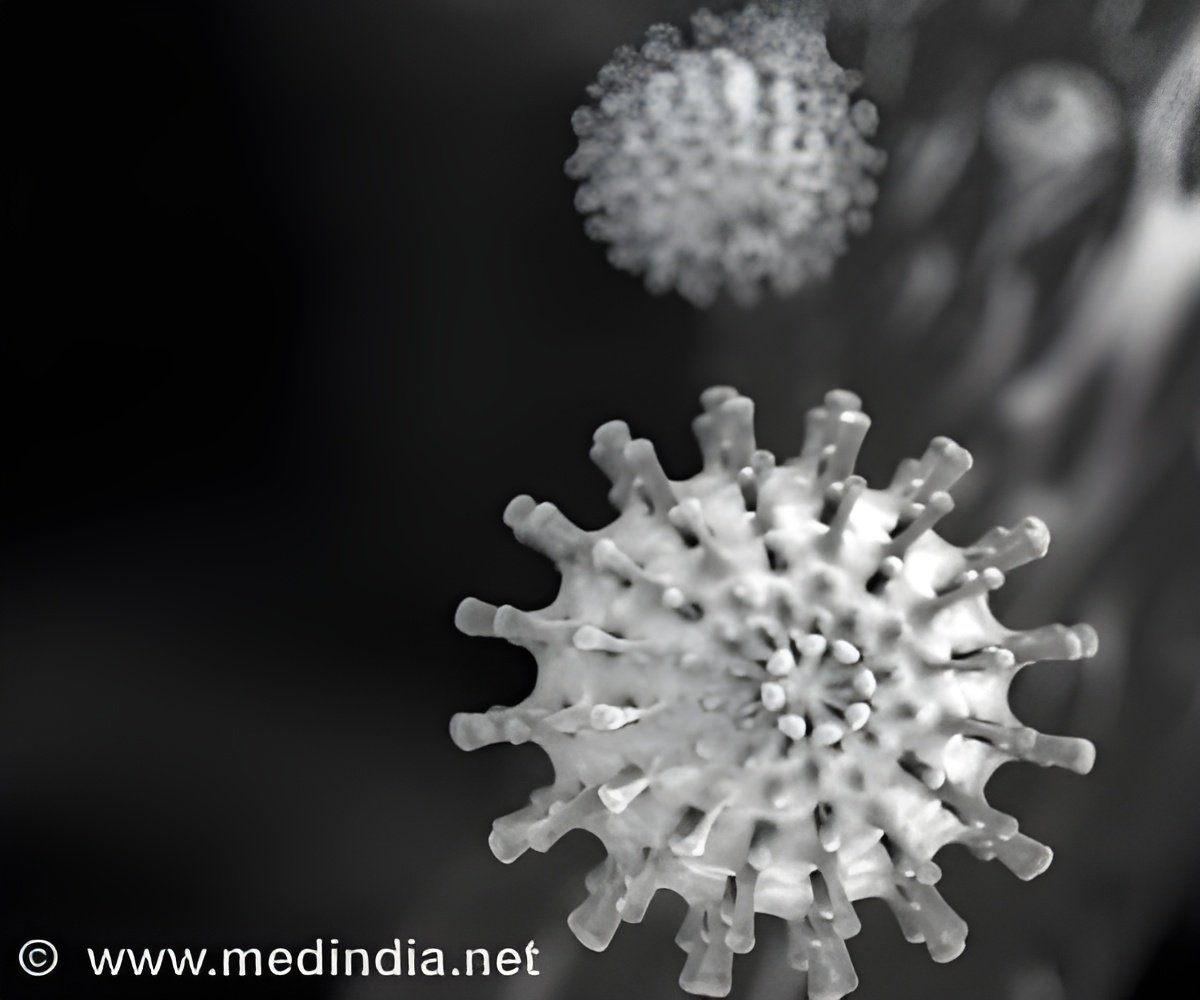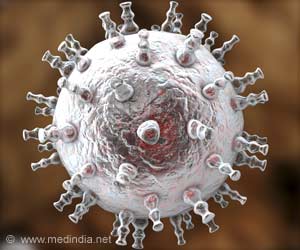In rats, muscle function improved when tissue nanotransfection was used as a therapy for seven days following volumetric muscle loss, stated researchers.

‘Tissue nanotransfection can reprogram tissue function by applying a harmless electric spark to deliver specific genes in a fraction of a second.
’





Volumetric muscle loss is the traumatic or surgical loss of skeletal muscle that results in compromised muscle strength and mobility. Incapable of regenerating the amount of lost tissue, the affected muscle undergoes substantial loss of function, thus compromising quality of life. A 20 percent loss in mass can result in an up to 90 percent loss in muscle function.
Nanotransfection for the Treatment of Volumetric Muscle Loss
Current clinical treatments for volumetric muscle loss are physical therapy or autologous tissue transfer (using a person’s own tissue), the outcomes of which are promising but call for improved treatment regimens.“We are encouraged that tissue nanotransfection is emerging as a versatile platform technology for gene delivery, gene editing and in vivo tissue reprogramming,” said Chandan Sen, director of the Indiana Center for Regenerative Medicine and Engineering, associate vice president for research and Distinguished Professor at the IU School of Medicine. “This work proves the potential of tissue nanotransfection in muscle tissue, opening up a new avenue of investigational pursuit that should help in addressing traumatic muscle loss. Importantly, it demonstrates the versatility of the tissue nanotransfection technology platform in regenerative medicine.”
Sen also leads the regenerative medicine and engineering scientific pillar of the IU Precision Health Initiative and is lead author on the new publication.
The Indiana Center for Regenerative Medicine and Engineering is home to the tissue nanotransfection technology for in vivo tissue reprogramming, gene delivery and gene editing. So far, tissue nanotransfection has also been achieved in blood vessel and nerve tissue. In addition, recent work has shown that topical tissue nanotransfection can achieve cell-specific gene editing of skin wound tissue to improve wound closure.
Source-Eurekalert










